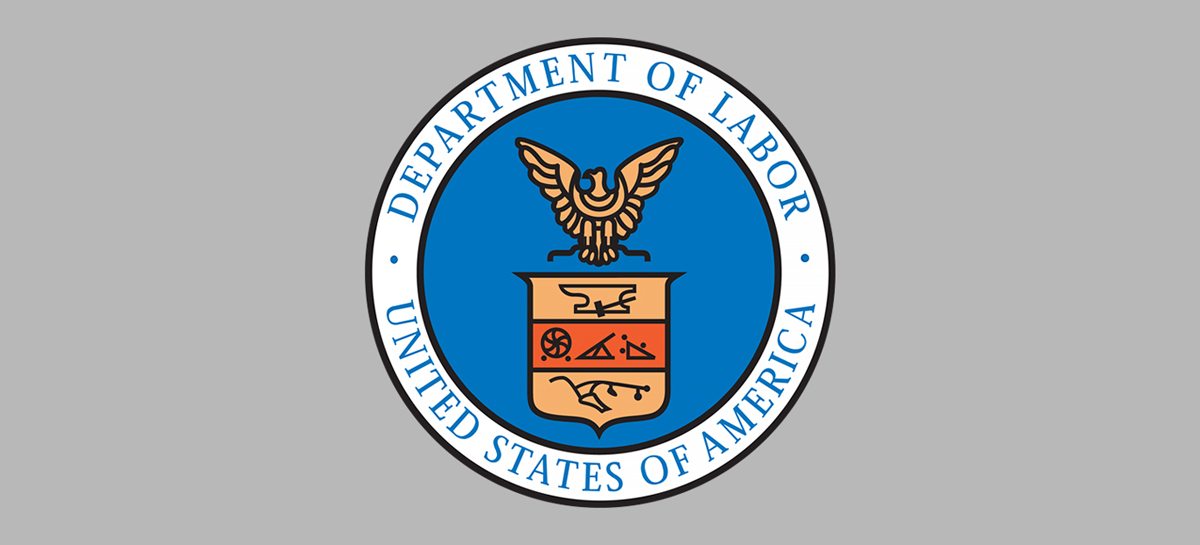
According to the U.S. Department of Labor (DOL), union petition filings have significantly increased since October 2021. During the first nine months of the agency’s fiscal year (October 2021 through June 2022), the National Labor Relations Board received 1,892 petitions, a 58% rise over the same time period the previous fiscal year. The DOL also noted that fiscal year 2022 petitions exceeded the total number of petitions filed in fiscal year 2021.
Furthermore, the number of unfair labor practice charges has also increased, although not as drastically. As such, 12,819 charges were filed during the first three-quarters of fiscal year 2022, up from 11,082 in the same period of fiscal year 2021. This is an increase of 16%.
Overall, union membership in the United States has generally trended down compared to past decades. According to the Bureau of Labor Statistics, 10.8% of the working population belonged to unions by the end of 2021. The union membership rate is around five times higher for public sector workers than private sector workers. While union membership has trended down, these signs could indicate a potential resurgence.
Employees have recently organized unions at high-profile companies such as Amazon, Apple and Starbucks.
What’s Next? The spike in unionizing has been fostered by a convergence of events, including the COVID-19 pandemic, a labor shortage and uncertainty around inflation. Workers may organize for better compensation, benefits or working conditions. Many employers are planning pay raises for next year. However, that may not be enough to offset unions’ negotiating power. As such, employers should continue to monitor union and workplace trends and keep a pulse on the desires of their employees.